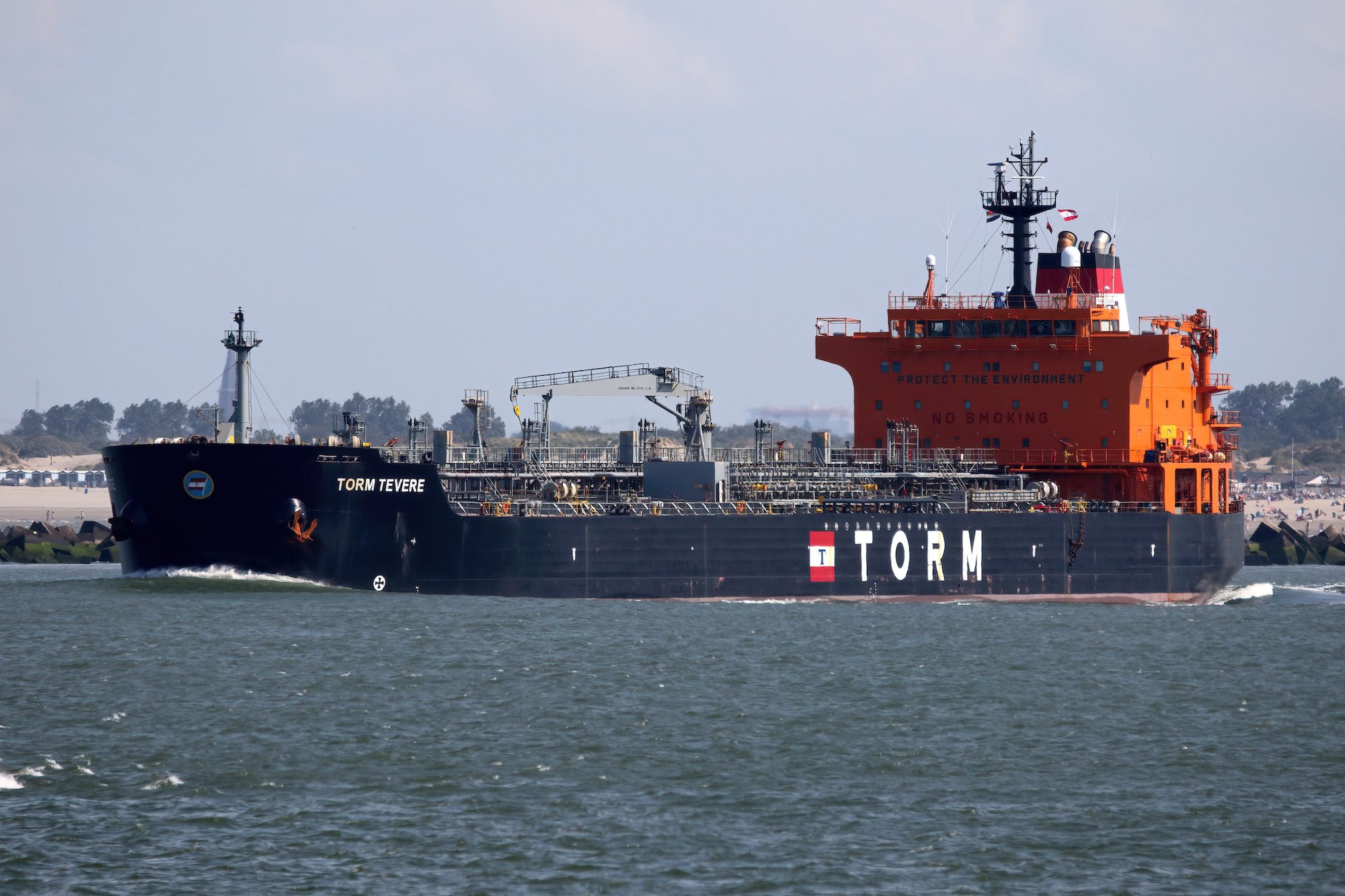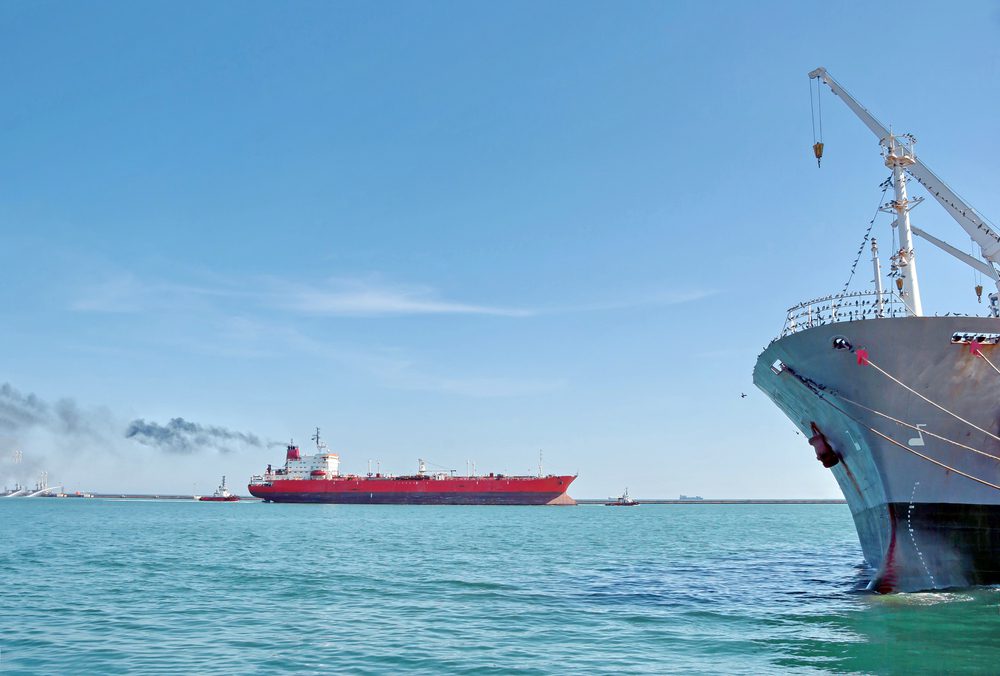Yara Clean Ammonia Switzerland SA has signed the world’s first time-charter contract with NYK for an ammonia-fueled medium gas carrier (AFMGC).
The 40,000m³ carrier, scheduled scheduled for delivery in November 2026, marks a crucial step forward in reducing greenhouse gas emissions from marine transportation while supporting the growing demand for ammonia in various sectors, including power generation and as a marine fuel.
This innovative vessel, which will sail under the Japanese flag, is the result of a collaborative study between Yara Clean Ammonia, a subsidiary of the world’s largest ammonia distributor, and NYK that began in 2021.
“Our successful collaboration with NYK enables us not only to comply with future regulations related to CO? emissions from sea-going vessels but also helps us to ensure that our customers can receive carbon-intensity compliant clean ammonia throughout our supply chain from well to wake,” said Murali Srinivasan, Senior Vice President Commercial at Yara Clean Ammonia.
The development aligns with NYK’s ambitious environmental goals. Hironobu Watanabe, Managing Executive Officer at NYK, revealed that the company released its ‘NYK Group Decarbonization Story’ in November 2023, targeting net-zero GHG emissions by 2050. “We have been developing an ammonia-fueled vessel because we believe that using alternative fuels, especially ammonia, is essential to reaching the net-zero goal,” Watanabe stated.
The vessel’s specifications include an overall length of 180.00 meters, a breadth of 32.00 meters, and a molded depth of 18.45 meters. This AFMGC represents the most popular vessel type for international maritime ammonia transportation.
“This charter party will give us great flexibility to manage carbon emissions and product carbon intensity. I look forward to a successful cooperation in operating this new technology to its best efficiency,” said Csaba Laszlo, Vice President Ammonia Trade & Shipping at Yara Clean Ammonia.
The partnership between Yara Clean Ammonia and NYK extends beyond this single vessel, as both companies are committed to building a comprehensive ammonia supply chain that will support the maritime industry’s transition to cleaner fuels.
The use of ammonia as a sustainable marine fuel comes as the IMO pushes forward with ambitious decarbonization goals, targeting a 40% reduction in carbon intensity by 2030 and net-zero emissions by 2050. However, several key challenges need to be addressed before widespread adoption can occur, such as significant safety concerns, seafarer training, requirements for enhanced fuel systems and safer ship designs, and special considerations for handling the toxic nature of ammonia.

 Join The Club
Join The Club











